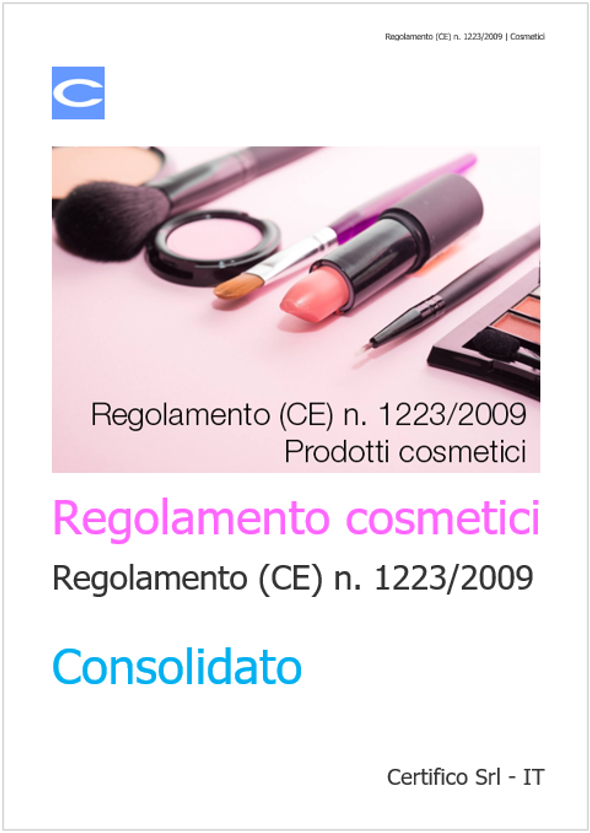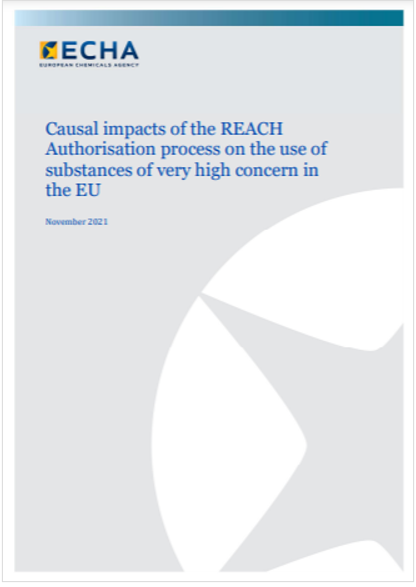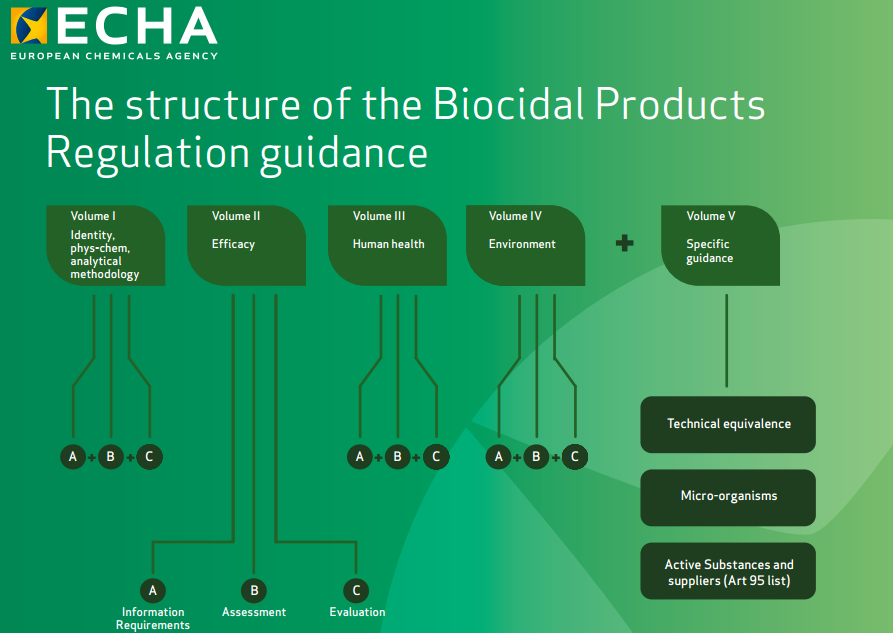Informazione tecnica HSE / 25 ° anno
/ Documenti disponibili:
45.535
/ Documenti scaricati: 34.338.922
/ Documenti scaricati: 34.338.922
ID 16378 | 12.04.2022 / In allegato Studio
ECHA, March 2022
The European Commission added trichloroethylene (TCE) to the REACH Authorisation List (Annex XIV to REACH) in 2013 for all its uses because of its carcinogenic effects. It causes serious eye and skin irritation, and is suspected of causing genetic defects. REACH registration data shows that the quantities of TCE available on the EU market were about 50 000 tonnes in 2010. Since 2016, users were required to have an authorisation for its continued use.
This report takes a closer look at the applications for authorisation to estimate the impacts that the REACH authorisation requirement has had on uses of TCE in the European Union (EU).
As of January 2022, authorisations for 18 uses had been granted by the European Commission to 11 companies, 15 of these authorisations are still valid at the time of writing. ECHA has not received any review reports (that is, applications for renewed authorisation) after 2020 for the use of TCE in industrial metal parts cleaning. The same was also the case for uses in rubber coated conveyor belts in underground hard coal mining, the synthesis of vulcanisation accelerating agents for fluoroelastomers and the extraction solvent for bitumen in asphalt analysis. These uses and the corresponding tonnages have either already ceased or will cease soon, once the authorisation expires in 2023.
Following the initial authorisations, ECHA has received five review reports applying to continue the use of TCE. The aggregated volume in these uses is around 300 tonnes per year. In addition, the authorisation holders have the Commission’s authorisation to use about 800 tonnes of TCE per year for uses that are currently authorised. As there are no other authorised uses (apart from packaging and formulation) in the EU in 2022, it can be concluded that over 95 % of uses of TCE within the scope of authorisation have been phased out in the EU since the substance was added to the Candidate List in 2010.
While there may be other reasons for this significant decline, it seems that the authorisation requirement has been its main driver. As the use of TCE has declined in the EU, alternatives have been used. While ECHA does not have a full picture of all alternatives, it is clear from a study made by the University of Gothenburg (FRAM 2021) that the most common substitute for TCE used in industrial metals part cleaning has been perchloroethylene (PER). PER is toxic to aquatic life with long-lasting effects and is also suspected of causing cancer. For vulcanisation accelerating agents the authorisation holder has found acetonitrile as technically and economically feasible substitute to TCE.
In conclusion, the authorisation requirement of TCE has reduced the volumes used and, as such, the risks related to its use. However, if the risks of the alternatives are not addressed, the overall risk reduction may diminish as risks related to the use of alternatives may increase through substitution. Therefore, it is recommended to address the risks of structurally related substances simultaneously in groups.
______
Table of Contents
ABBREVIATIONS
SUMMARY
1. INTRODUCTION
2. REGISTERED USES OF TRICHLOROETHYLENE
3. USES OF TRICHLOROETHYLENE SUBJECT TO REACH AUTHORISATIONS
Status of received review reports
Current uses of trichloroethylene
4. ALTERNATIVES TO TRICHLOROETHYLENE AFTER THE EXPIRY OF AUTHORISATION
5. CONCLUSIONS
REFERENCES
Table of Figures
Figure 1 Estimated TCE volumes imported and manufactured in the EU, 2010-2019
Table of Tables
Table 1: Regulatory status of applications of trichroloroethylene as of January 2022
Table 2: Regulatory status of trichroloroethylene, excluding expired and expiring authorisations as well as packaging and formulation, as of January 2022
[...]
Fonte:
Collegati

ID 3618 | News Update 17.09.2025
Regolamento (CE) n. 1223/2009 del Parlamento europeo e del Consiglio del 30 n...

November 2021
Executive summary
1. Introduction
2. Summary of the Authorisation process
2.1. Can...

Allegati tutti i documenti d'orientamento che sono disponibili sul sito ECHA. relativi ai biocidi, Regolamento (UE) 528/2012 (BPR)
Il regolame...
Testata editoriale iscritta al n. 22/2024 del registro periodici della cancelleria del Tribunale di Perugia in data 19.11.2024